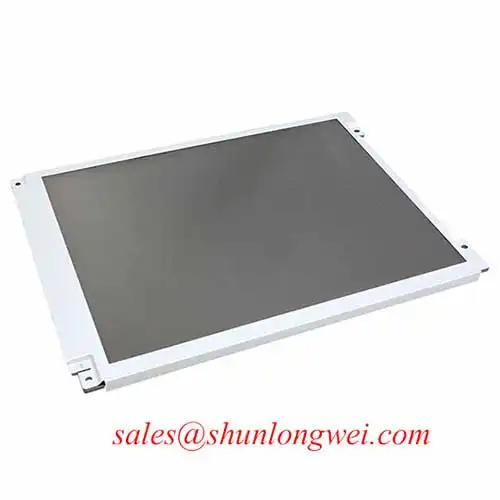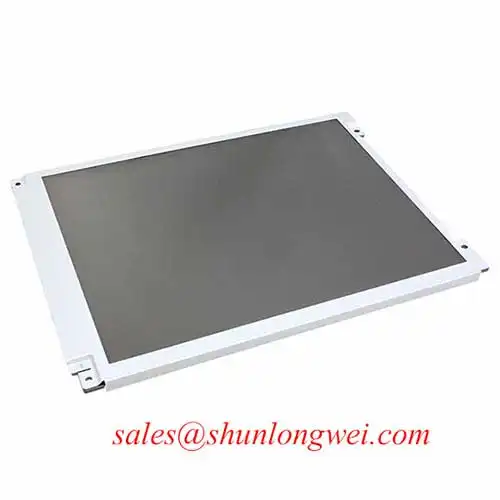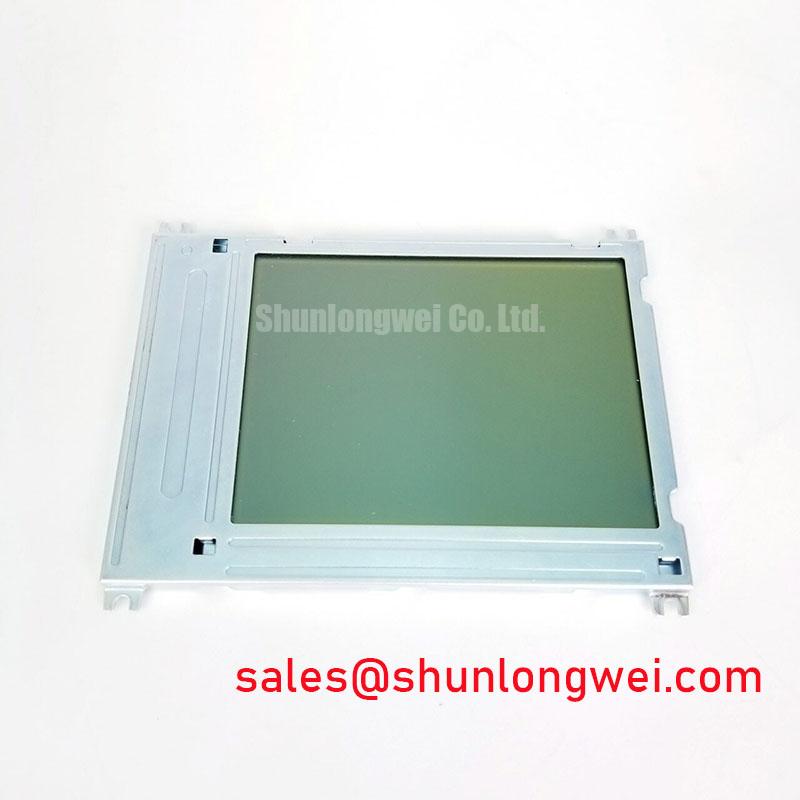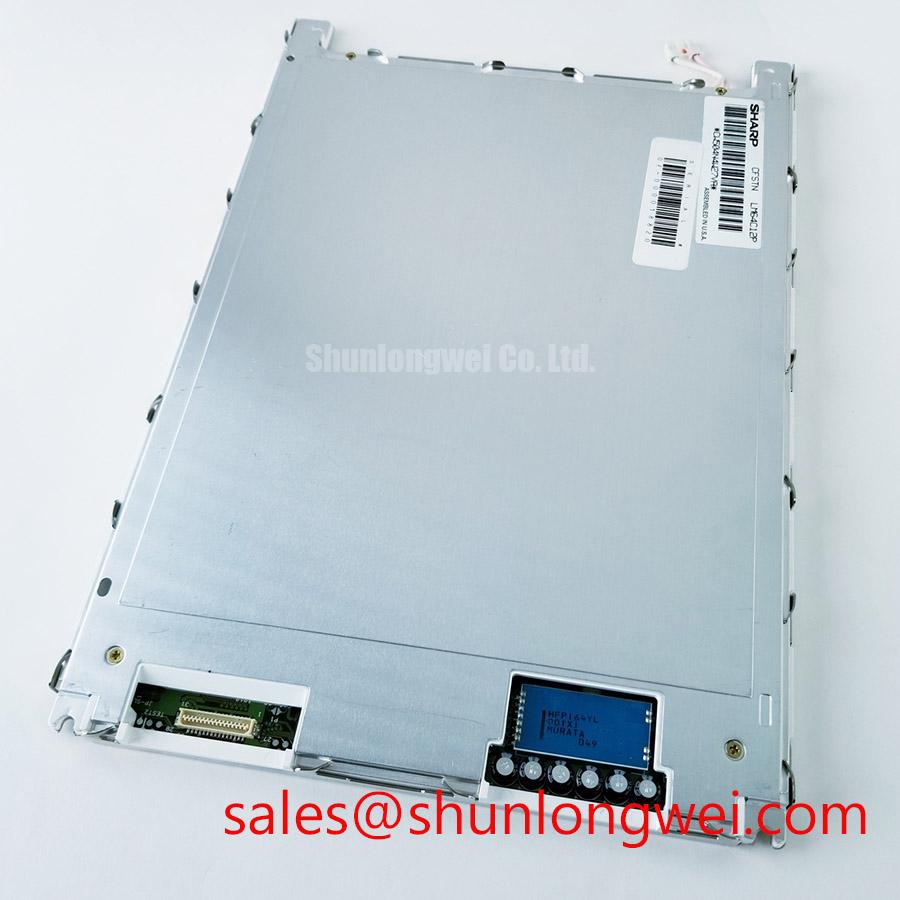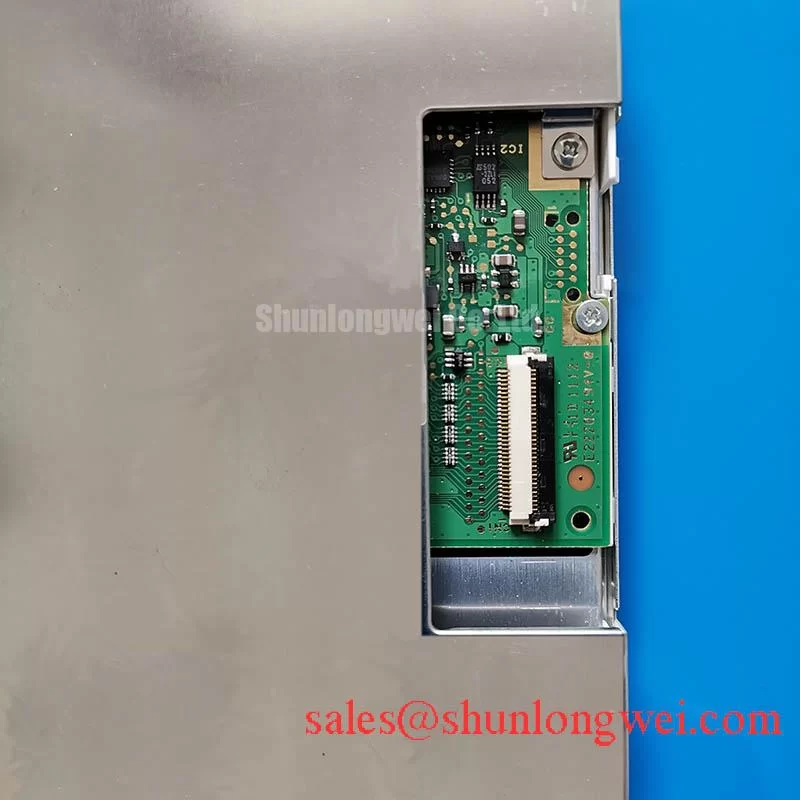Content last revised on November 24, 2025
LQ150P1JX51: Engineering a New Benchmark for High-Density Visuals
Delivering Unprecedented Pixel Density and Color Fidelity for Professional Imaging
The Sharp LQ150P1JX51 is an advanced 15.0-inch Oxide TFT-LCD panel engineered for applications where visual precision is non-negotiable. It delivers an exceptionally high resolution of 2496 x 1664 pixels, a high brightness of 510 cd/m², and a superior 1500:1 contrast ratio. Key benefits include outstanding image sharpness and accurate, stable color rendition. This display is designed to address the critical need for high-density data visualization in specialized equipment. For medical diagnostic systems or advanced industrial HMIs requiring superior image detail, the LQ150P1JX51 is a definitive choice.
Application Scenarios & Value
System-Level Benefits in High-Fidelity Professional Displays
The LQ150P1JX51 is engineered for environments where diagnostic and analytical accuracy is paramount. For medical imaging systems, such as portable ultrasound machines or patient monitoring stations, the panel's ultra-high 2496 x 1664 resolution is a critical advantage. This allows medical professionals to view intricate anatomical details and subtle grayscale variations with exceptional clarity, directly supporting more confident diagnostic decisions. The Normally Black, IPS-like technology ensures wide viewing angles of 89/89/89/89 degrees, which is essential for collaborative viewing in clinical settings without color or contrast shift. The high pixel density of 199 PPI creates a "Retina" effect, where individual pixels are indistinguishable to the human eye, resulting in remarkably smooth and lifelike images. This level of detail is also invaluable in high-end industrial control and aerospace applications, where complex schematics and data must be displayed without downscaling or loss of fidelity. For systems that do not require such extreme pixel density, the related G150XNE-L01 offers a standard XGA resolution in a similar 15-inch form factor.
Key Parameter Overview
Decoding the Specs for Superior Visual Performance
The technical specifications of the LQ150P1JX51 are tailored for high-performance, visually-intensive applications. Its combination of resolution, brightness, and color depth sets a new standard for compact professional displays. A deeper dive into these parameters is crucial for design engineers looking to leverage this panel's full potential, a topic further explored in resources like Industrial vs. Consumer Displays.
| Feature | Specification |
|---|---|
| Display Type | Oxide TFT-LCD, Normally Black, Transmissive |
| Resolution | 2496(RGB)×1664, 199 PPI |
| Brightness | 510 cd/m² (Typ.) |
| Contrast Ratio | 1500:1 (Typ.) |
| Viewing Angle | 89/89/89/89 (L/R/U/D) |
| Display Colors | 16.7M (8-bit) |
| Signal Interface | eDP (4 Lanes), 60 pins Connector |
| Backlight | WLED, 12K hours, external driver required |
| Operating Temperature | -5 ~ 55 °C |
| Outline Dimensions | 323.32(W) × 231.59(H) × 2.4(D) mm |
Download the LQ150P1JX51 datasheet for detailed specifications and performance curves.
Technical Deep Dive
A Closer Look at the High-Bandwidth eDP Interface
A key enabler of the LQ150P1JX51's performance is its eDP (Embedded DisplayPort) 4-lane interface. To understand its significance, consider the immense amount of data required for a 2496x1664 resolution display updating in real-time. A traditional interface like LVDS would struggle to carry this data load without significant compression or multiple channels, complicating board design. The eDP interface acts like a multi-lane expressway, providing the high bandwidth necessary to transmit the full 8-bit color data for each of the 4.1 million pixels smoothly and efficiently. This not only ensures a flicker-free, artifact-free image but also simplifies system integration by using a single, compact 60-pin connector. This design choice reduces cable clutter, minimizes potential EMI (Electromagnetic Interference) sources, and streamlines the connection to the host processor or graphics card, a critical factor in space-constrained medical and industrial devices.
Application Vignette
Enhancing Precision in Portable Medical Ultrasound Systems
Imagine a next-generation portable ultrasound system designed for point-of-care diagnostics in an emergency room. The primary challenge for the design engineer is to provide clinicians with image quality comparable to larger, stationary equipment but in a compact, mobile form factor. The LQ150P1JX51 is the core solution. Its 15.0-inch screen with an active area of 317.117 x 211.411 mm provides a generous viewing area, while its ultra-slim 2.4mm depth profile is critical for portability. The display's 199 PPI density and 1500:1 contrast ratio allow the system to render subtle tissue differentiation and blood flow dynamics with extreme precision. This allows a clinician to quickly and confidently identify abnormalities, a process supported by the panel's consistent image quality across wide viewing angles, a hallmark of IPS (In-Plane Switching) type technology. The final engineering benefit is a system that enhances diagnostic confidence, speeds up clinical workflows, and improves patient outcomes, all stemming from the choice of a display that prioritizes visual fidelity.
Frequently Asked Questions (FAQ)
What makes the 2496x1664 resolution of the LQ150P1JX51 superior to standard Full HD or UXGA panels?
The 2496x1664 resolution provides over 4.1 million pixels, which is more than double that of a standard Full HD (1920x1080) panel. This extreme pixel density (199 PPI) allows for the display of incredibly fine details and sharp text, which is critical in applications like medical imaging (DICOM) and detailed cartography where data integrity is paramount.
How does the "Normally Black" transmissive mode benefit visual performance?
"Normally Black" technology, characteristic of IPS-like panels, means that pixels are in their black state when no voltage is applied. This results in deeper, more uniform blacks and a significantly higher static contrast ratio (1500:1 in this case). The practical benefit is images that appear more vibrant and detailed, especially in low-light scenes or when viewing grayscale content.
Is the eDP interface on this model a drop-in replacement for LVDS?
No, the eDP (Embedded DisplayPort) interface is electrically and protocol-wise different from the older LVDS standard. While eDP offers superior bandwidth and fewer connections, designers must ensure their host system's graphics controller or System-on-Chip (SoC) has a compatible eDP output. The 4-lane configuration requires a controller capable of driving that specific bandwidth.
What are the thermal design considerations for a 510-nit display in an enclosed system?
While the panel itself is efficient, a brightness of 510 cd/m² will generate heat from its WLED backlight system. Engineers must ensure adequate passive or active cooling within the device enclosure to keep the panel's surface temperature within its operating range of -5 to 55°C. Proper thermal management is crucial for maintaining the specified 12,000-hour backlight lifetime and ensuring stable color performance.
As system designs continue to push the boundaries of data visualization in compact form factors, the LQ150P1JX51 provides a strategic and powerful component for developing the next generation of high-fidelity professional and medical devices.

